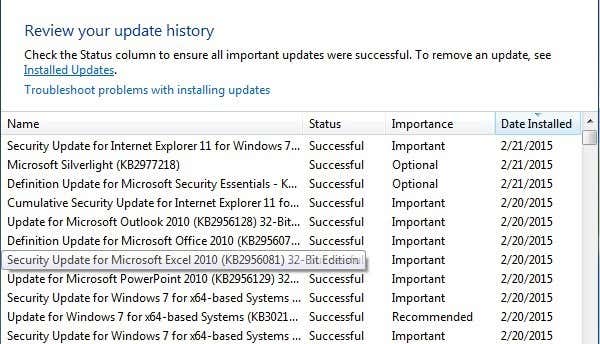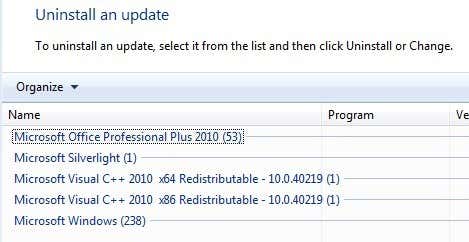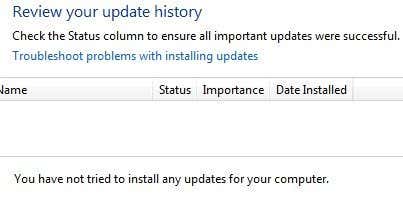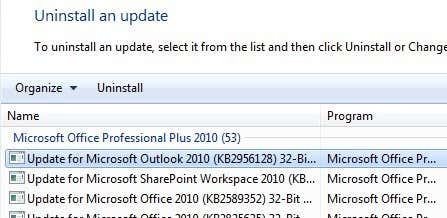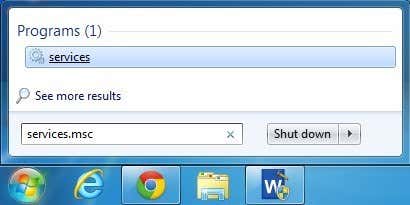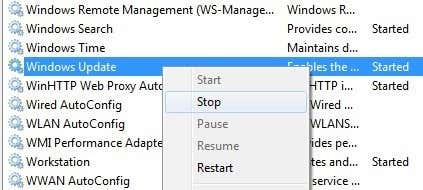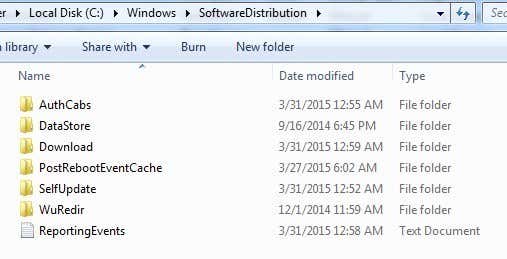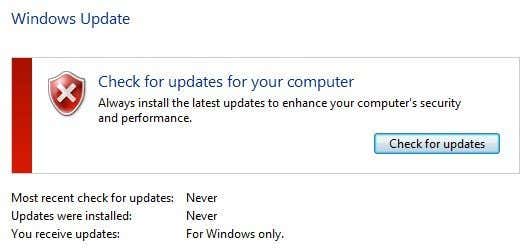We
could spend all day arguing the merits of a good screen-capture
utility. They are quick and efficient, often providing a simple way to
take a JPG snapshot of an application window or your entire display in a
matter of seconds without the need to download any external software.
Perhaps you need to send a screenshot to tech support, email an image to
a friend, or, if you’re like us, capture a screenshot for an awesome
how-to guide about how to take a screenshot on a PC. Luckily, Windows
has several built-in features for taking and saving screenshots for
whatever reason you might need them, and they’re only a couple of
keyboard clicks away. All three methods covered in this guide are free,
no hassle, and work fantastically on nearly all machines built in the
last decade and beyond. Let’s take a look.
Using the default keyboard shortcuts
Taking
a screenshot on Windows is one of the easiest tasks possible,
regardless of which version of the operating system you’re running.
There are only a few steps – assuming you haven’t fiddled with the
innate keyboard controls – and you should already have access to all the
image-editing software you need.
Step 1: Capture the image: Assuming the area you want to capture is displayed on your screen, press the Print Screen
button typically located in the upper right-hand corner of your
keyboard to capture a screenshot of your entire display. Alternatively,
press Alt + Print Screen to merely capture a screenshot of the
active window. Keep in mind there will be no noise or any other
indication the screenshot was taken, but the resulting image will be
saved as a PNG file to your clipboard. If using Windows 8 or Windows
10, simply click the Windows Key + Print Screen to automatically save a full-screen screenshot within the Screenshots folder of your picture directory.
 Step 2: Open Paint:
Step 2: Open Paint: Click the Start menu, navigate to the
Accessories folder (in Windows 10, the folder is called
Windows Accessories instead) and
click Paint from
the list of native Microsoft software. The icon depicts a painting
palette with a brush on the right-hand side, but it will vary slightly
depending on your operating system. Alternatively, search and open the
program from the Windows search bar. On Windows 8, press the Windows key
to open the start screen. Afterward, click the down arrow in the bottom
left, press
Ctrl + Tab, or swipe downward from the center of the display
to access the
Apps View. From there, select
Paint.
Step 3: Paste the screenshot: Once open, click the
Paste button in the upper left-hand corner of the program, choose
Edit then Paste, or press
Ctrl +
V on
the keyboard to paste your screenshot. Again, the exact navigation and
wordage will vary slightly from OS to OS, but the keyboard shortcut will
remain the same.
Step 4: Save the screenshot: Perform any edits you want, such as cropping the image to a specified area, and click the main
File option in the top-left corner. Afterward, select
Save as,
title the new file, choose a save location, and select your desired
file format from the drop-down menu. For most purposes, JPG will do
fine, but a variety of other formats are available to choose from such
as PNG, BMP, GIF, and others. Click the gray
Save button in the bottom right-hand corner when finished.

Using the Snipping Tool

The
built-in screen capture utility in Windows is great, but it’s not the
most robust or versatile when it comes to saving a snapshot of your
screen. The Snipping Tool is another built-in Windows utility that has
allowed users to better define and capture portions of their desktop
display as a screenshot since the introduction of the program in Windows
Vista. Aside from taking a screenshot of the entire screen and active
window, the tool allows free-form outlines and rectangular screenshots
for a more adjustable selection, as
well as built-in annotation and
sharing options.
 Step 1: Open the Snipping Tool:
Step 1: Open the Snipping Tool: Click the Start menu, navigate to the
Accessories folder (in Windows 10, the folder is called
Windows Accessories instead) and select
Snipping Tool
from the list of native Microsoft software. The icon depicts a pair of
blue scissors with two white ovals beneath. Alternatively, search and
open the program from the Windows search bar. If using Windows 8, click
the down arrow in the bottom left, press
Ctrl + Tab, or swipe downward from the center of the display
to access the
Apps View. From there, select the
Snipping Tool.
Step 2: Choose the snip type: Once open, click the down arrow to the right of
New in
the upper left-hand corner of the program window and select your
desired snipping type from the list of drop-down options. The free-form
snip allows you to draw irregular shapes, the rectangular snip
specified-sized rectangles, the window snip the active window, and the
full-screen snip the entire screen.
Step 3: Define the selection: Use
your mouse or trackpad to manually define your screen-capture
selection. Obviously, the full-screen snip and window-snip don’t provide
a ton of leeway in terms of versatility and selection choice, but the
latter will still require you to choose the appropriate window before
continuing.
Step 4: Save the screenshot: Perform any edits you want, such as highlights or annotations, and click the main
File option in the top-left corner. Afterward, select
Save As,
title the new file, choose a save location, and select your desired
file format from the drop-down menu. If your screenshot includes text,
you’ll notice increased clarity if you save in the .png file format, but
you can check out our guide to different image formats to
help you choose the best one for each case. If you prefer, you can
click the envelope icon to directly email the screenshot as an
attachment. Click the gray
Save button in the bottom-right corner when finished.
Using PicPick
There
are countless screenshot utilities, both free and premium, floating
around on the Web. The bulk of them provide a healthy dose of
customization and versatility that exceed Window’s innate screen-capture
capabilities by leaps and bounds while maintaining the free-to-use
price tag and light footprint. With hotkeys out the wazoo, and a steady
stream of editing tools to help polish and refine your screenshot to
suit your fancy, all-in-one design tool PicPick is one of the best
available. It’s free, available for Windows XP onward, and offers a more
comprehensive feature-set than the innate options available via
Windows.
Related: The best screen capture apps for Mac and PC
Step 1: Download and install PicPick: Click the green
Free Download button on the left-hand side of the
PicPick homepage and
install the application once it downloads. The simple setup wizard will
walk you through the entire installation process, installing the files
and creating a desktop shortcut, but be on the lookout for any toolbars
or potential malware that may come bundled with the program.
 Step 2: Open PicPick:
Step 2: Open PicPick: Click the Start menu, navigate, and select the
PicPick from the
PicPick
folder. The icon depicts a painting palette similar to the Microsoft
Paint icon sans the brush. Alternatively, search and open the program
from the Windows search bar. If using Windows 8, press the Windows key
to open the start screen. Afterward, click the down arrow in the bottom
left, press
Ctrl + Tab, or swipe downward from the center of the display
to access the
Apps View. From there, select
PicPick.
Step 3: Choose the selection type: Once opened, choose the selection type from the list housed in the
Screen Capture section
in the bottom left-hand corner of the main program window. Like the
Snipping tool, there are options for free-form, rectangular, window, and
full-screen screenshots, as well as a fix-region and scrolling window
options for greater control when capturing elongated images.
Step 4: Define the selection: Use
your mouse or trackpad to manually define your screen-capture
selection. Obviously, the full-screen snip and window-snip don’t provide
a lot of leeway in terms of versatility and selection choice, but the
latter will still require you to choose the appropriate window before
continuing.
Step 5: Save the screenshot: Perform any edits you want, such as cropping and filter overlays, and click the main
File option in the top-left corner. Afterward, select
Save As,
title the new file, choose a save location, and select your desired
file format from the drop-down menu. For most purposes, JPG will do
fine, but a variety of other formats are available to choose from such
as PNG, GIF, or PDF. If you prefer, you can click the cloud icon to
directly email the screenshot as an attachment or upload it to Twitter
among other things. Click the gray
Save button in the bottom right-hand corner when finished.
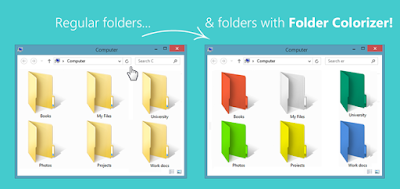










 The
built-in screen capture utility in Windows is great, but it’s not the
most robust or versatile when it comes to saving a snapshot of your
screen. The Snipping Tool is another built-in Windows utility that has
allowed users to better define and capture portions of their desktop
display as a screenshot since the introduction of the program in Windows
Vista. Aside from taking a screenshot of the entire screen and active
window, the tool allows free-form outlines and rectangular screenshots
for a more adjustable selection, as
The
built-in screen capture utility in Windows is great, but it’s not the
most robust or versatile when it comes to saving a snapshot of your
screen. The Snipping Tool is another built-in Windows utility that has
allowed users to better define and capture portions of their desktop
display as a screenshot since the introduction of the program in Windows
Vista. Aside from taking a screenshot of the entire screen and active
window, the tool allows free-form outlines and rectangular screenshots
for a more adjustable selection, as









